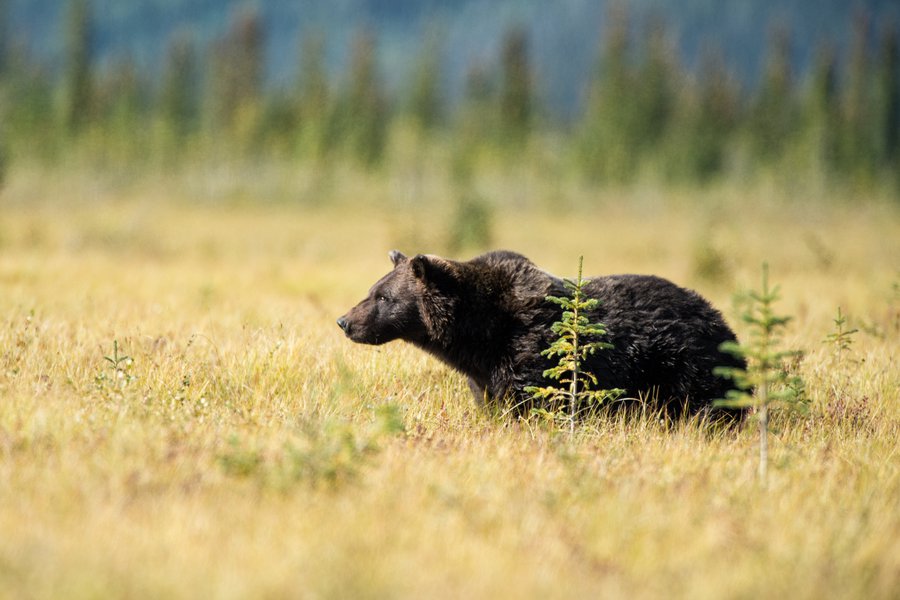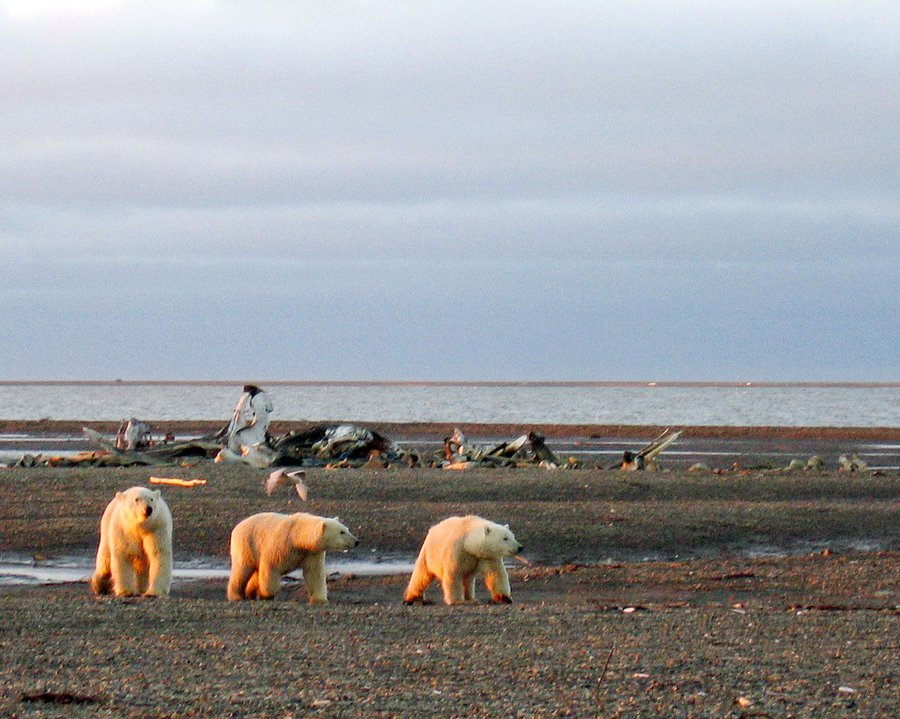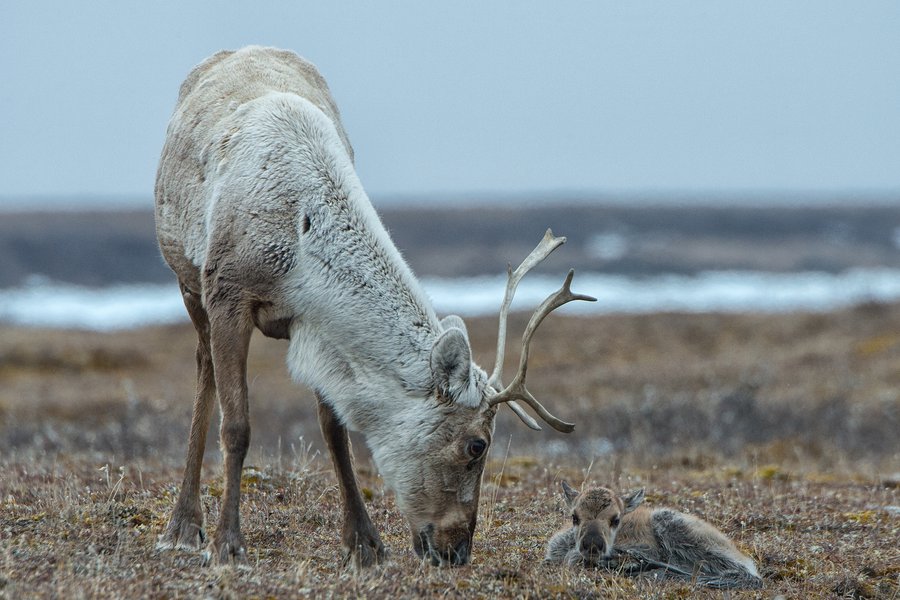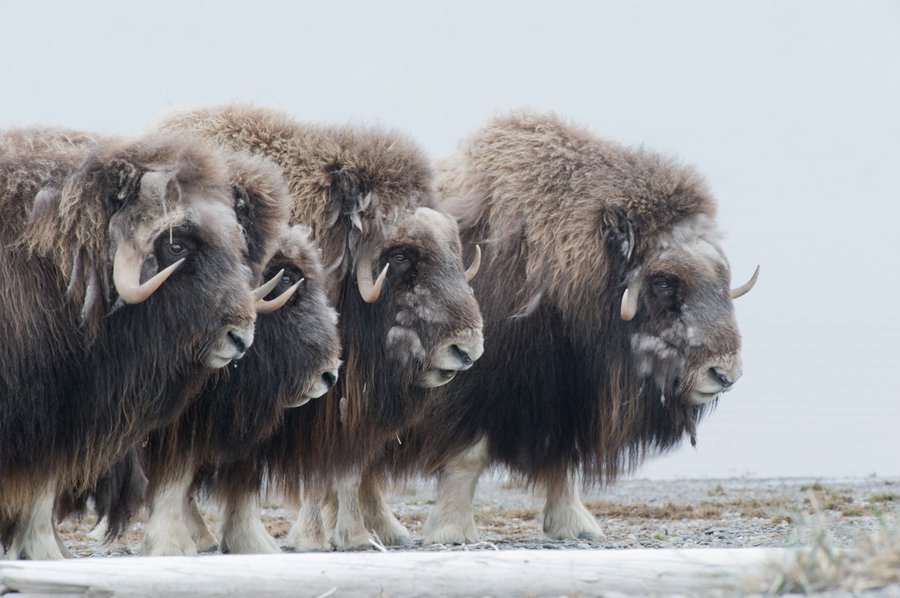The Wildlife
The Yukon North Slope continues to be home to healthy, diverse wildlife populations, from ukalliq (snowshoe hare) to akłaq (grizzly bear). It is important to ensure all species, big and small, have the room and protection they need to thrive for many generations to come. Our report on Aklavik Inuvialuit knowledge of wildlife on the North Slope describes the biology of many important birds and mammals.
In recent years, our Council has focused efforts on a few key species, whose conservation will help ensure the health of many other species. Explore our work on these animals below or take a video tour of wildlife in Ivvavik National Park to see who calls this place home!




